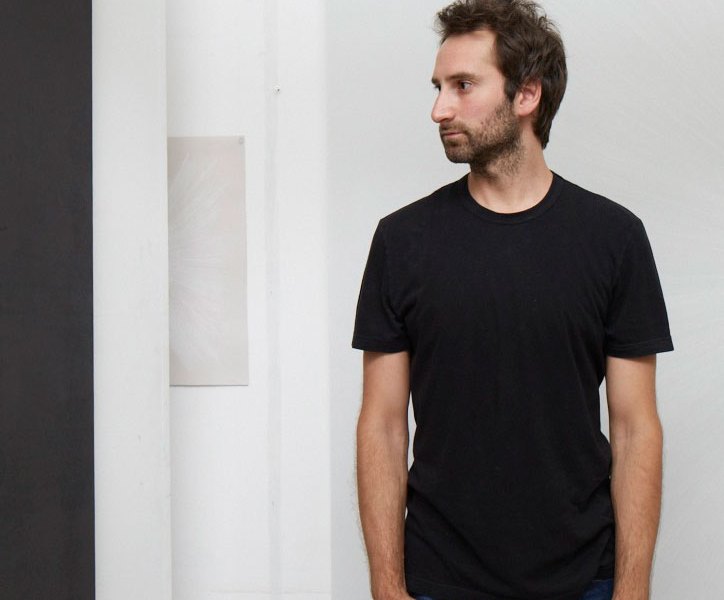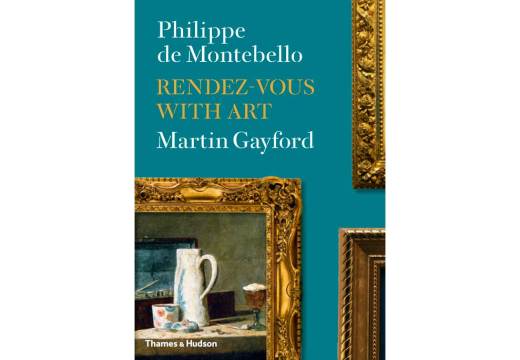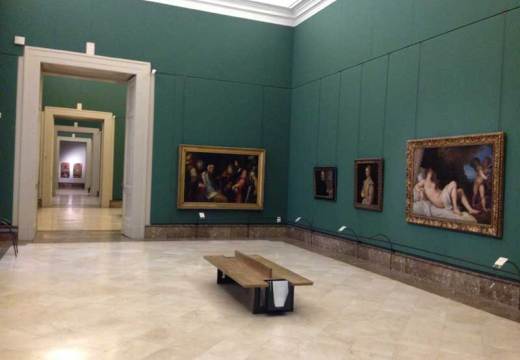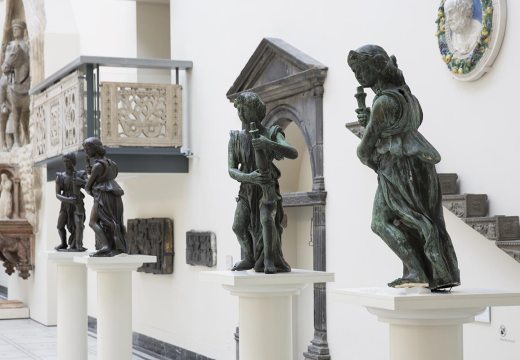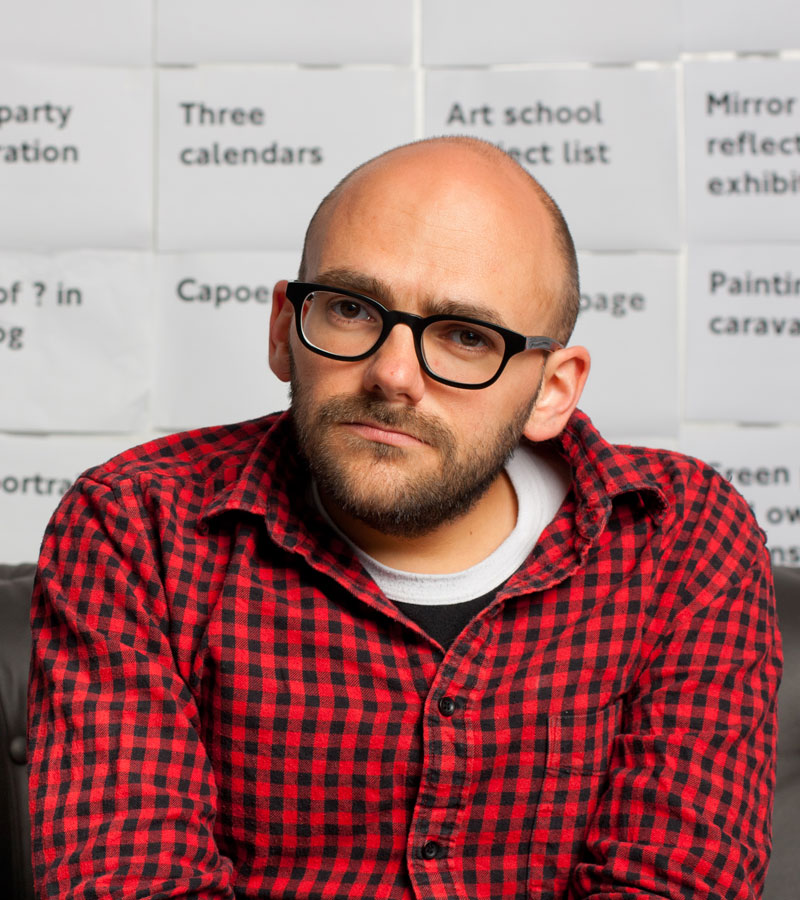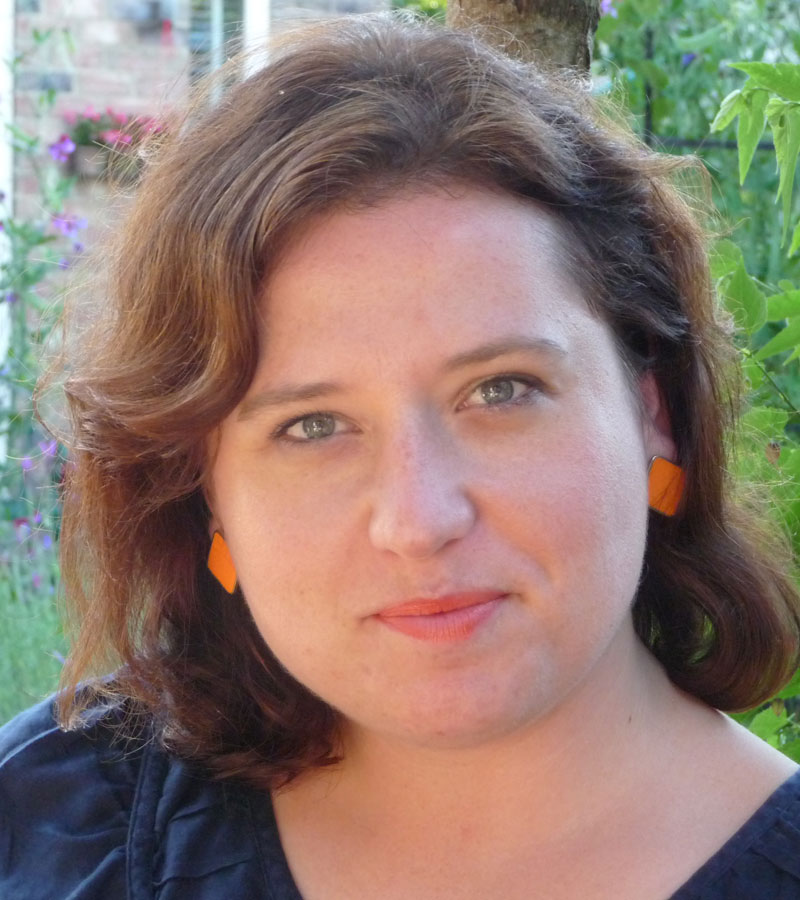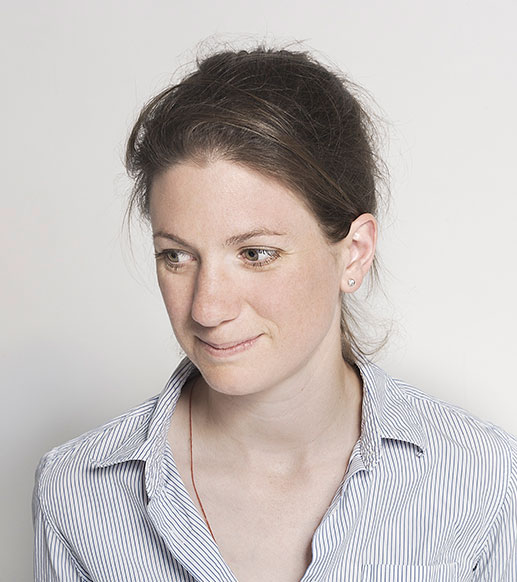The Pencil of Nature. In 1844, that was the title William Henry Fox Talbot gave to the first commercially published book ever to be illustrated with photographs, suggesting that the nascent process was somehow akin to draughtsmanship. I’m reminded of it in 2014, looking at the haunting composite photographs with which London-based artist Idris Khan has made his name: with their distinctive layering of images, and almost compulsive rumination on mark-making and erasure, these works come closer than perhaps any other contemporary photographs to those rich formal inquiries that are more often associated with drawing.
‘It was always my intention to have the quality of the hand in the work,’ Khan tells me. ‘I suppose photography initially felt like a barrier to expression, and I wanted to find a way around the flat photograph and give it a drawn quality.’ This strong sense of exploration has always been key to his work, informing not only his technique but also his broad choice of source material, which ranges from tourist postcards of London to theoretical texts by Susan Sontag and Sigmund Freud, the score of Parsifal, and the Qur’an.
There is sincere and unpretentious intellectual engagement here, both in overarching terms – Khan’s palimpsests push found materials towards a strikingly original mode of abstraction – and with regards to each individual work, which becomes a distinctive aesthetic commentary on its own source. ‘Essentially it’s about looking,’ he says. ‘I was obsessed with Muybridge, so I made my own version of Muybridge – I wanted to find out if I could add something to it.’
A decade on from art school, Khan still associates his joy in discovery with the opportunities afforded by his formal training. ‘When I was growing up I just wanted to be a runner…I’d say everybody in the world should do a foundation year in art, because of the way it opens people up.’ He speaks with high regard of former tutors at the University of Derby – the photographers John Blakemore and Oded Shimshon and the theorist Mark Durden – and of what it meant ‘to come down to London from Middle England’ for his MA at the Royal College of Art and be ‘surrounded by people who really wanted to be there’.
If Khan’s modesty has surely been a great boon in navigating the art world, his work remains characterised by its ambition. His photographs may not be on the vast scale of an Andreas Gursky or Thomas Struth, but they are large works nonetheless, reaching monumentally across the wall space: ‘I always wanted to have that,’ he says, ‘and compete in a way with painting.’ Khan has also made major installation pieces: for ‘Hajj: Journey to the Heart of Islam’ in 2012, he placed 144 steel cubes with layered Arabic inscriptions in the Great Court of the British Museum.
Khan has recently turned to painting on a grand scale. In ‘Beyond the Black’, exhibited last autumn at Victoria Miro in London, he showed a series of large canvases with snatches from Nietzsche hand-stamped in black paint, forming abstract shapes against their shimmering slate backgrounds. As with his photographs, these works achieve a depth that belies their medium – and again, that feel for perspective is both visual and theoretical, as the paintings enter into dialogue with the great masters of abstraction and repetition. ‘Richard Serra’s always been a massive influence, as have Frank Stella and Agnes Martin.’ Following a number of shows in recent years, Khan is now ‘in the studio playing with a lot of different aspects of the work’: his first white on white paintings, which will be exhibited at Sean Kelly Gallery, New York, in late 2015, and calligraphic black paintings inspired by his longstanding admiration of Cy Twombly. ‘It’s nice to push language,’ he says, ‘and see how far you can push a word to become a line.’
Thomas Marks
Unlimited access from just $16 every 3 months
Subscribe to get unlimited and exclusive access to the top art stories, interviews and exhibition reviews.

